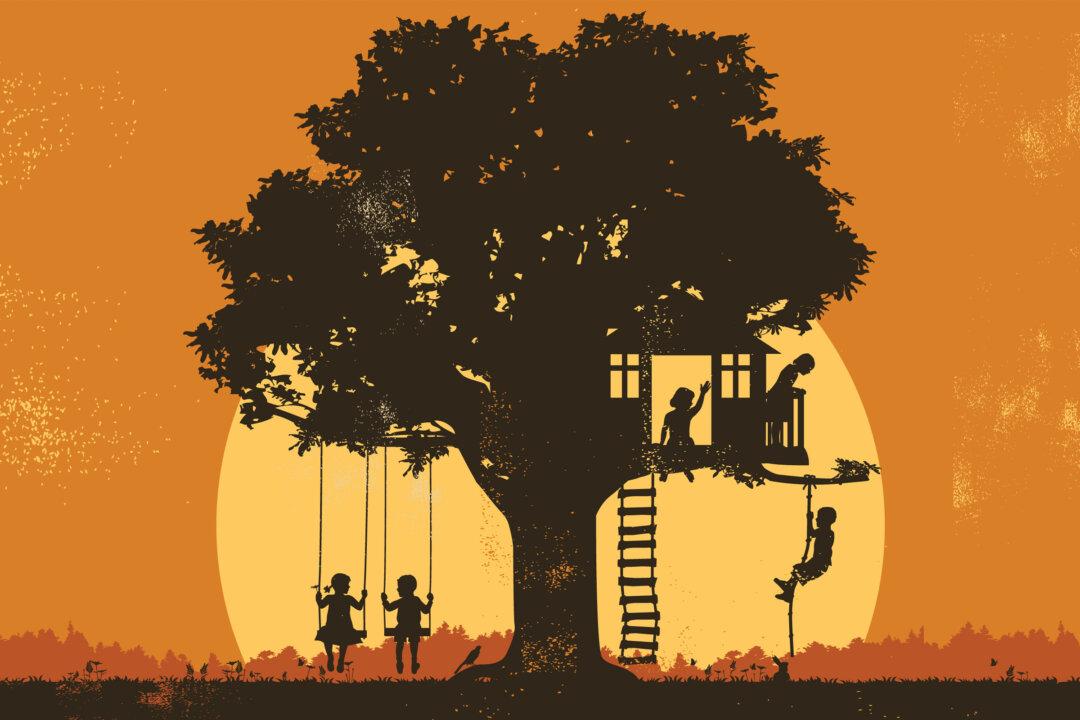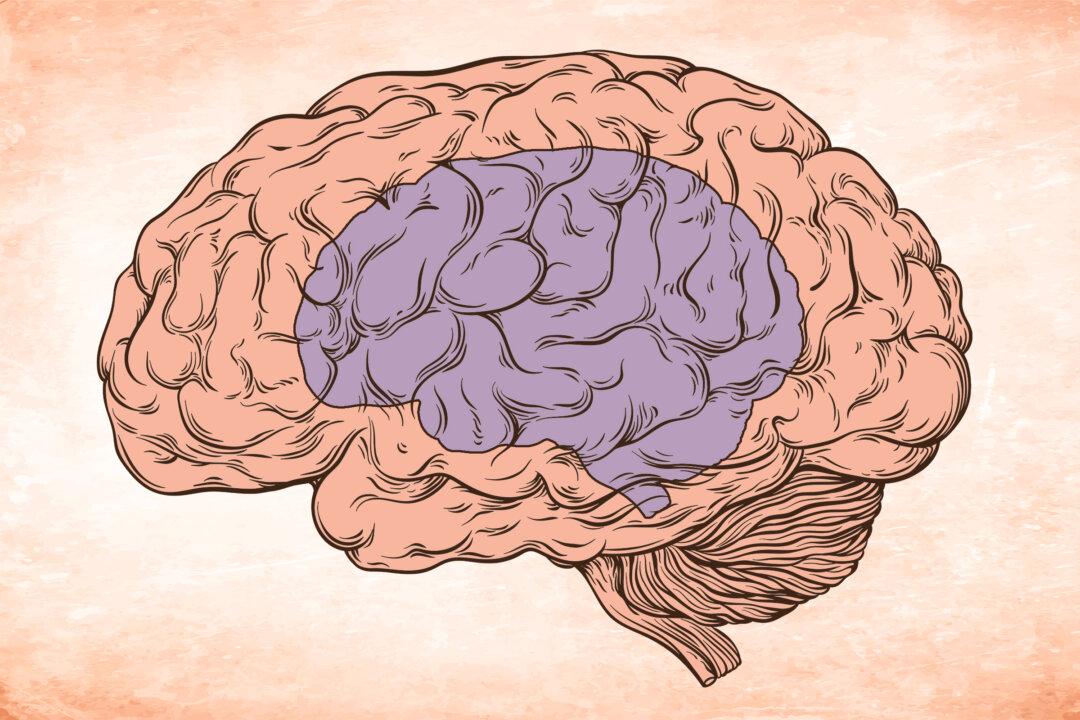Over 200 years ago, George Washington—the first and only non-partisan president—warned that parties try to gain influence by misrepresenting the opinions and aims of other districts.
“You cannot shield yourselves too much against the jealousies and heartburnings which spring from these misrepresentations; they tend to render alien to each other those who ought to be bound together by fraternal affection,” he said.
After an election where candidates and supporters attacked each other with rare vitriol, Washington’s warning looks prescient and vital.
In the 2016 race, political actors and partisan media fed furious passions and made it evident that America is a country riven in two.
This division has churned for decades, but this election brought it to the surface, revealing a country torn over partisan identities that are too often based on race, class, and religion.
People studying these issues believe they will get worse before they get better. But if there is a best solution, it comes from people understanding the forces acting on their minds and emotions, and guarding themselves accordingly.
Trends Driving Division
At one level, socioeconomics is to blame.
Globalization, urbanization, and income polarization have gutted the middle class and pushed those with an education to higher income brackets in the cities. Those without expensive diplomas fish in an ever-shrinking pool of blue-collar jobs.
Those trends are reflected in social gerrymandering that has seen Americans segregate themselves politically by moving to communities where people live and think like they do. Bill Bishop’s book “The Big Sort: Why the Clustering of Like-Minded America Is Tearing Us Apart” revealed how communities had grown increasingly red or blue across much of America.
The result is primaries that produce candidates positioned deeper in the ideological end zones.
At the same time, media outlets like MSNBC and Fox News have taken strong partisan positions (on the left and right, respectively) to carve out niche audiences.
Now, the politically engaged find news that fits their views and the disinterested opt out completely, joining the growing ranks of non-voters.
And finally, a process of partisan realignment that began in the 1960s and is now complete, has cemented these divisions.
For just about any social grouping, there are clear party divides, so that people of a certain race, income, locale, or religion are more likely—sometimes strongly so—to vote for one party or the other. Some 80 percent of blacks, for example, identify as Democratic (11 percent identify as Republican), while 70 percent of Mormons identify as Republican (22 percent identifying as Democratic).
The result of all the above is a loss of the middle ground in American politics. Parties and people are further apart.
Fixed Positions
Because of that polarization, campaigns today make less effort to win over undecided voters and instead focus on turnout.
Sam Wang, at the Princeton Election Consortium, found that voter sentiment during this election was more stable than it has ever been. People weren’t changing their minds, likely because candidates were too polarized to swap one for the other.
And because people today rarely engage with people of opposing political persuasions, they become more closed to other ways of thinking.
Social scientists like legal scholar Cass Sunstein have documented a pattern that seems to be playing out on a national scale: When like-minded people discuss an issue, they grow more extreme in it. It is one of the patterns used to explain the process of radicalization.
Campaigns take advantage of this by targeting these like-minded groups. But they don’t focus on issues; Bishop notes they’ve found it more fruitful to focus on group identity.
Social Identities
This is where socioeconomic and political trends are made ugly by our own minds.
After decades of research, social psychologists have created a tidy lexicon to describe what philosophers, poets, and prophets have observed for centuries: We are biased creatures.
It’s not really our fault. It starts quite simply. As a person, I see my own actions in light of my motives and circumstances. Because of this, I can forgive my own shortcomings.
But others cannot. I might be hungry and tired and grow curt with my wife when she asks me to fix the cabinet as I promised after getting home from work.
She can’t see the burden of my day, the lingering doubts and the pressure that leave me desperate to sit in quiet and just let it all go.
She sees my offhand dismissal of her request as being lazy and inconsiderate. She has her own burdens and feels responsible for the state of our home. But if she gets upset, I’m not likely to think about her views at all. In my mind, she is unfair and just doesn’t understand.
We do this at the social level as well. Social psychologists call it “fundamental attribution error.” We blame internal characteristics for how others act, but see circumstance in our own actions.
This is partly why urban Democrats believe rural Republicans are racists for their unease over unchecked immigration, when in reality those people are primarily worried about a scarcity of jobs and a falling quality of life.
We also see other groups as homogenous while ours is more varied. That makes it easier to stereotype others but think we belong to a broader coalition. Partisan media help by finding that one crazy guy at an opponent’s political rally and holding him as an exemplar rather than just one in the crowd.
Naive Realism
We are also victims of what social psychologists call “naive realism,” that oh-so-human belief that we see things objectively and those who disagree with us are tainted by bias or are irrational and uninformed. This happens at the group level as well.
These mental shortcomings are compounded by the problems of our partisan identities.
Political psychologists Leonie Huddy (State University of New York ) and Lilliana Mason (University of Maryland) have found that identifying with a party drives campaign involvement more so than concerns about specific issues and that people are more polarized over partisan identities than over issues.
In other words, many people care more about their party than the positions their party takes. Many Americans find this suggestion insulting, but it starts to make sense if you accept that political parties don’t just represent policy positions—they represent identities.
Consider an experiment by psychology professor Geoffrey L. Cohen at Yale University.
Cohen gave two groups of students a pair of policy papers on welfare reform. One paper proposed generous liberal reforms and the other more stringent conservative reforms.
For one group of students, the generous reforms were labeled “Republican Party” and the stringent reforms were labeled “Democratic Party.” For the other group of students, the papers had no party labels.
Students with unlabeled papers acted as expected: The liberal students supported the more Democratic-style reforms and the conservative students supported the Republican-style ones.
But for the group with the labeled papers, the result was unequivocal: Students chose party over policy. Democrats supported the Democratic-labeled papers, even though they had conservative reforms. Likewise for Republicans.
It made no difference how knowledgeable the participants were about welfare reform, and neither group thought the party label had any effect on them.
Why would this be? Because partisan sorting and other trends have tied being Republican or Democrat to other key aspects of our identity, explained Mason.
“We went from a place where, when your party loses you feel bad in that partisan part of yourself, to now a place where, when your party loses it is almost like your racial group loses, and your religion loses, and your gender loses. And so you are a loser on so many more levels,” she said.
Of course, for people with strong ideological positions on issues like abortion, they can’t be easily swayed. And parties do go through internal divisions over policy positions, especially outside election cycles. One should not overgeneralize about how partisan people are, said Huddy, but the trend is real.
“I do think we are at an extreme in American politics, but not everybody is there,” she said.
But even if not everyone is there, enough people are that it is driving wider social division. To unwind that process, we need to be on guard against it.
Reversing the Trend
To reverse the trend, understanding how our mind feeds divisiveness is critical. So too is seeing the methods used to shape our thinking.
Parties use negative advertising and rhetoric to spur us into their corners, says Nicholas O'Shaughnessy, a visiting professor at the Centre for Strategic Communication at King’s College London, and author of “Politics and Propaganda” and the more recent “Selling Hitler: Propaganda and the Nazi Brand.”
“What we see in politics today is an artificial magnification of the differences between people,” he said.
Like Huddy, Mason, and others, he thinks these trends are hard to reverse—but not impossible. He points to a little remembered movement from WWII.
From 1937 to 1942, the Institute for Propaganda Analysis worked to inoculate American minds against Nazi, communist, and other propaganda.
The group published a list called “seven common propaganda devices” that taught students to recognize common methods of propaganda, including name-calling and “glittering generalities.”
In an age of micro-targeting and marketing psychology, people need such tools again, says O'Shaughnessy.
There is another solution to the great divide. People who study intergroup conflict talk about the impact of having a superordinate goal, something bigger than our divisions.
“If aliens attack Earth, then we all become earthlings and we don’t have to worry about the differences between us anymore,” explained Mason.
While extraterrestrial attack may not provide the impetus, there are certainly other cataclysmic problems facing the United States. But it would be a shame if it took a disaster for people to realize that we are all in this together.





Friends Read Free